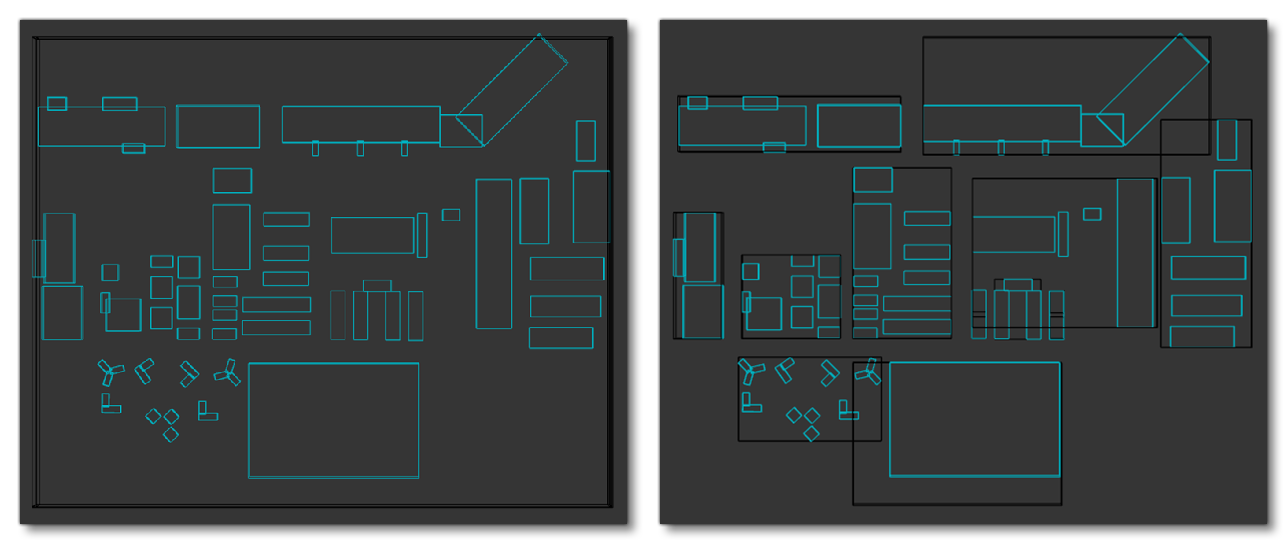MODELING SCENERY
NOTE: Due to the addition of SimPropContainers to the simulation, this page is only relevant to the legacy method of modelling scenery, ie: large-scale modelling.
This section of the documentation is designed to help you create proper landscape models, specifically for Airports and Scenery, although most of the general principles outlined here are also applicable to aircraft. On this page you can find some general information about how to best create these different model elements, and you can find additional information specifically about LODs here:
Also make sure to have read over the Modeling Technical Information and Texturing Techincal Information before creating anything. If your model requires lights, then please take a moment to look over the following page: Lights
Finally, we have a page specific to creating the Jetway scenery object, since this is an integral part of any airport and also requires some specific setup when modelling:
Optimization Recommendations
The following are a set of recommendations that we make to ensure that your models for scenery and airports are as optimised as possible:
- If you have a licenced copy of the Simplygon SDK, then you can use the engine AutoLOD feature for model LODs (see here for details: Using Simplygon To Generate LODs).
- Share textures between different models and model LODs.
- Remove textures you may not need at a distance, such as the normal map.
- Use appropriate texture resolutions for your textures. It is usually not necessary that all textures in a material have the same resolution.
- Use metallic/roughness/etc… material settings instead of textures when possible.
- Use vertex color whenever you can! Microsoft Flight Simulator 2024 uses a single vertex format, so using vertex color is essentially free. Because of this, low-resolution LODs often do not need a texture at all.
- Minimize skinned mesh usage. Compared to regular objects, they consume a significant amount of CPU and memory in Microsoft Flight Simulator 2024. Use them only if mesh deformation is necessary. Skinning can often be avoided on lower resolution LODs.
- Use SimProp Containers when creating assets that have components which can benefit from being modelled independently.
- All scenery models (and their LODs) - with the exception of objects that aren't important for collision - will need colliders. You should prefer using the collision shapes (rectangle, cylinder, sphere) over collidable meshes/materials. This is explained in more detail here: Collision Handling
Optimisation Example

In this image, you can see an overhead view of the model, and the blue boxes represent the collision mesh (created using rectangle colliders as explained here: Simple Shape Collisions). Now consider the following image:

On the left the black box describes how the object was initially created as a single unique mesh of 1300x600m. However, on the right, the black boxes describe how this single object has been split into smaller SimProp Container objects that can now be clipped by the camera easily.